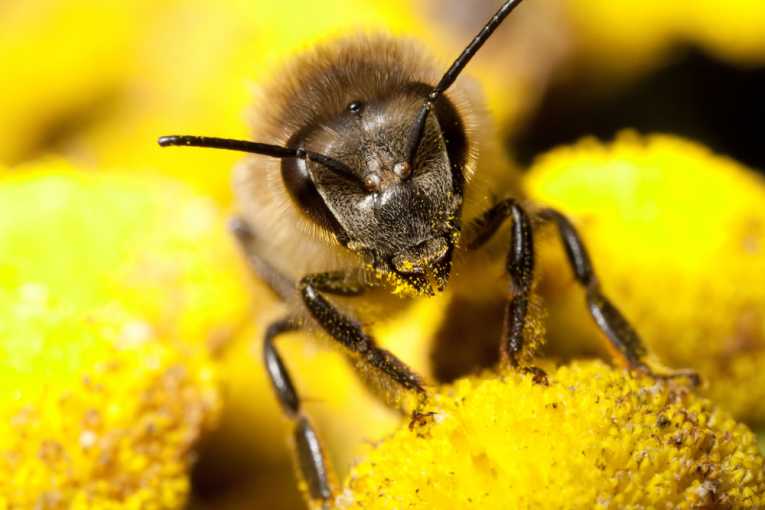Social insects (the hymenoptera, excluding the primitive termites) all use the same sex determination mechanism, with a gene called csd calling the shots. Hainan is a large southern Chinese island with giant honey bees (Apis dorsata) present both there and on the mainland (in this case Guangxi was the sample area on the Chinese mainland.) Recent work to confirm the exact mechanisms operating show this gene with many highly variable alleles and similar to the fruit fly sex determination gene.
Zhi Yong Liu and five colleagues have prepared a paper in PLoS ONE that illustrates the genetic difficulties of working with animals that mate with many partners (polyandry in this case).
As evolution proceeds, it even causes change in its own agents, the genes. Balancing these changes so that an appropriate sex determinatioin mechanism is achieved is one of the most interesting studies. Witness the kerfuffle over how much information the human Y chromosome carries! In fact humans are likely to lose their barely functional.Y chromosome completely, following the example of some rodents. In case you're worried, the process will be short and sweet, in about 10 million years.
20 million years ago, Hainan became separated by a gap of 18-33km. As 15km is an accepted maximum for mating honey bees, the island sems ideal for testing some simple genetics of bees. The csd locus being under selection pressure to create more alleles, Hainan could have many more such alleles due to genetic isolation. The "founder effect" theory states that a small group of indivuiduals will adapt to a new region by adopting high mutation rates and high levels of polymorphism. This is due to new pressures from natural selection.
From three colonies in each province, 30 worker bees were collected from the tall trees in which the feral colonies nest. DNA was sampled from the head and thorax of the preserved bees, and 17 of the requisite alleles chosen from Guangxi and 18 from Hainan. As 5 alleles were found in both areas, there were then 30 different allele samples (known as haplotypes.) Unfortunately, this promising start produced a general mix of alleles showing no progression from a founder group in either case.

Giant Honey Bee (Apis dorsata); Credit: J.M.Garg
So the theory of Hainan bees forming a "clade" different from the typical mainland specific genome was quashed. Looking at other research, neither the Philippines nor Malaysian islands could illustrate the founder effect theory either, despite being seperated for 23 and 40 million years respectively. 99.764% of the variation found between the two Chinese regions was within the populations (and 0.236% only among the populations.) This means there was a very low level of genetic differentiation and that gene flow was taking place throughout their history despite that great flying distance across the strait.
It's possible that geologists can come to the rescue and estimate a different time for the separation of Hainan. Some authorities claim the strait has been dry and then refilled several times, with a possible 15,000 year gap since the last refill!
Alternatively, queens from this giant honey bee have been caught out, as queens often are. Mating frequency is recorded at 20-26 times but with up to102 sub-families being founded by a colony, the mating frequency could be as high as 88.5. There are less than 100 csd alleles known, with only 25 or so in one particular area, but this would be enough alleles on an early, isolated Hainan to prevent the founder effect. An amazing similarity was even found in Africanized honey bees in Costa Rica. They still maintained a similar genome to their ancestors in the Transvaal (South Africa). Only social insects with no such multiple matings have so far been proved to have a founder effect in some communities (the fire ant, Solenopsis, is one).
Such is the royal life of these giants among bees.










